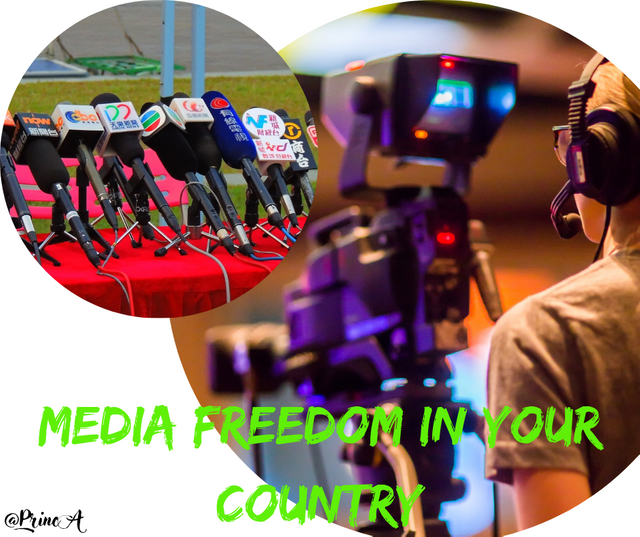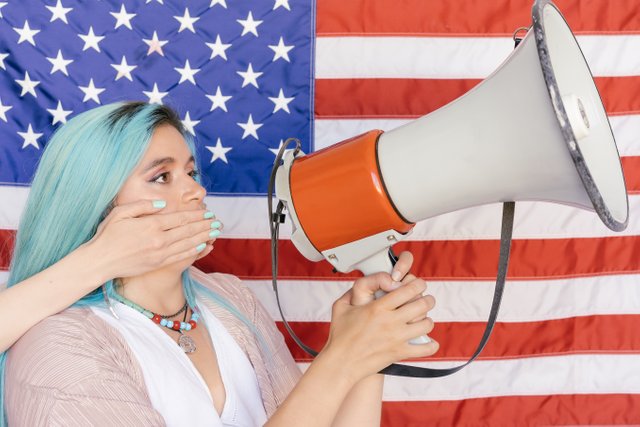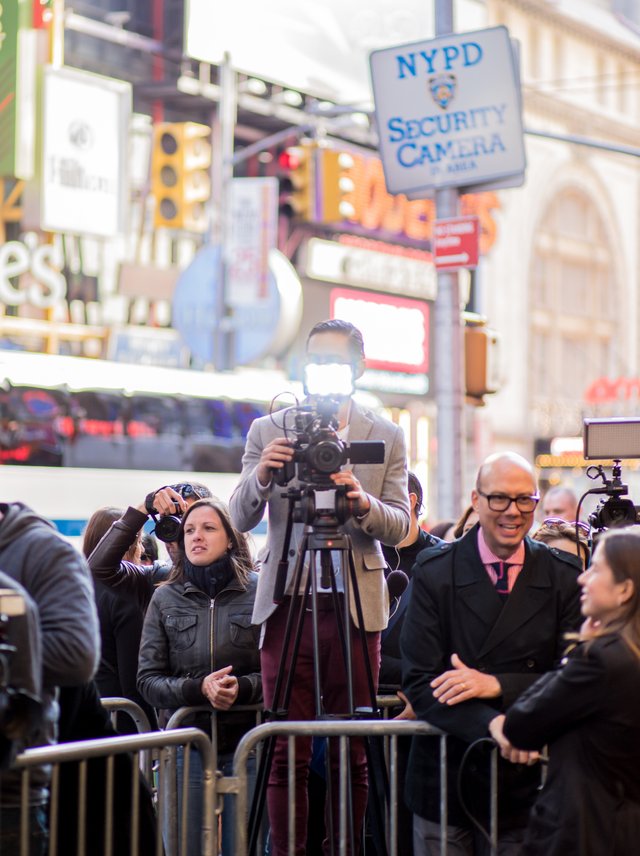
Designed In Canva

Government regulations on media content: Are there restrictions on certain topics?
Media material can be regulated by the Indian government. The 2000 Information Technology Act grants this authority. The Act enables the Govt. to censor material i.e deemed harmful or illegal. The Govt. has also publiished regulations for social media sites requiriing them to delete hateful or inflammatory content.
In India, there are restrictions on a no. of subjects, including:
Content that is critical of the ruling party or government
Content that is perceived as encouraging caste or sectarian violence
Content that is perceived to be endorsing violent or sexual acts against women
That which is perceived to be endorsing child pornography
Content that is perceived to be supporting extremism or terrorism
For its limits on media content, the government has drawn criticism. The limitations, according to critics, impede freedom of expression because they are too wide. Restrictions have been defended by the government as being required to preserve public order and national security.
In India, the following types of content have been taken down since past few years.
The Kashmir Walla, a news outlet that criticised the government's handling of the Kashmir crisis, had access to its website stopped by the government in 2020.
A Congress Party tweet that criticised the administration's response to the COVID-19 epidemic was removed from Twitter in 2021 after a government order.
A video that criticised how the government handled the farmers' demonstrations was taken down by YouTube at the government's request in 2022.
Both domestic and foreign organisations have criticised the government's limitations on media content. The Govt. must immediately lift all restrictions on media freedom, a/c to the Committee to Protect Journalists. Concerned about the government's restrictions, the European Union stated that they undermine freedom of expression nd the right to information.
The Govt. has defended such restrictions by stating that they're vital to uphold public order and national security. The limits, according to their detractors, impede free speech because they are too broad.

Media bias and political influence: Do you think media outlets lean towards specific ideologies or not?
In the world of journalism, media bias is an irrefutable fact. It is obvious that media organisations frequently have ideological slants that subtly colour the stories they portray to the public. The selective use of news stories, the selection of sources, the language employed, and even the exclusion of some viewpoints are all examples of bias.
Media outlet ownership and control are two factors that contribute to media bias. Many media outlets are controlled by businesses or people with certain political and ideological agendas. It should come as no surprise that these owners have the ability to influence the editorial standards and content of their publications to reflect their own opinions or serve their own objectives.
Furthermore, bias can affect journalists as well. They add their own opinions, viewpoints, and convictions to their reporting. Even if they strive for neutrality, it is inevitable that their unconscious prejudices will affect the news stories they choose and how they are presented.
Media bias is also significantly influenced by market forces and audience preferences. In order to attract viewers, readers, or subscribers, media outlets frequently target demographic or ideological subgroups of the population that are specific to their content. Media outlets may reinforce the prejudices and preferences of their audience in a loop that further polarises public opinion as a result of this profit-driven behaviour.

Media ownership and concentration: Who owns major media outlets (Channels)?
Major media companies in India are controlled by a select few individuals. The following are some of the largest media firms in India, along with information about their ownership:
The Times Group: One of India's leading media companies is The Times Group. In addition to websites, it also owns a number of publications, channels, and newspapers. The Sahu Jain family is The Times Group's owner.
The Hindu Group: The Hindu Group is another significant Indian media conglomerate. It is the owner of the Hindu daily, a number of periodicals, and a television network. The Kasturi family is the proprietor of The Hindu Group.
The Zee Group: The Zed Group is a media nd entertainment organisation that runs a music label, a film production company, and a no. of TV networks. Subhash Chandra is the owner of the Zee Group.
The Star India Group: The Star India Group is a media nd entertaiinment organisation that runs a music label, a film production company, and a no. of TV networks. News Corp., a company owned by Rupert Murdoch, is the owner of the Star India Group.
The NDTV Group: The NDTV Group is a media nd news organisation that runs a publishing business, a no. of TV networks, and a news website. Prannoy Roy and Radhika Roy are the owners of the NDTV Group.
These are only a few of the biggest media organisations in India. Concerns regarding media plurality and freedom of expression are raised by these companies' heavily concentrated ownership.
Along with the holdings of large media companies, the ownership of smaller media outlets is likewise heavily concentrated. This is because newcomers find it difficult to compete with well-established businesses due to the high starting and operating costs of media outlets.
The high degree of media ownership concentration in India has a variety of effects. First off, it restricts the range of voices that can be heard in the media. Second, it provides major media proprietors a lot of ability to shape public opinion. Thirdly, it makes it harder for citizens to obtain reliable information.

I invite @suheel-07 , @riffu & @marianaceleste to participate in this contest.




Thank you, friend!


I'm @steem.history, who is steem witness.
Thank you for witnessvoting for me.
please click it!
(Go to https://steemit.com/~witnesses and type fbslo at the bottom of the page)
The weight is reduced because of the lack of Voting Power. If you vote for me as a witness, you can get my little vote.
Downvoting a post can decrease pending rewards and make it less visible. Common reasons:
Submit
Thank you so much for the invitation princa. Goof Luck!
Downvoting a post can decrease pending rewards and make it less visible. Common reasons:
Submit
¡Saludos amiga!😊
La situación de la prensa en India es bastante similar a Venezuela y, es triste que en nuestros países no se ejecute correctamente la libertad de expresión porque, si al Gobierno se le critica, no es por maldad sino que, están haciendo las cosas mal y, tienen el deber ser de mejorar.
Acá han cerrado muchos medios que se han atrevido a decir la verdad. Situación que ha agudizado más el ejercicio de la prensa.
Excelente publicación, un fuerte abrazo
Downvoting a post can decrease pending rewards and make it less visible. Common reasons:
Submit
Thanks for going through my post, I really appreciate that.
Downvoting a post can decrease pending rewards and make it less visible. Common reasons:
Submit